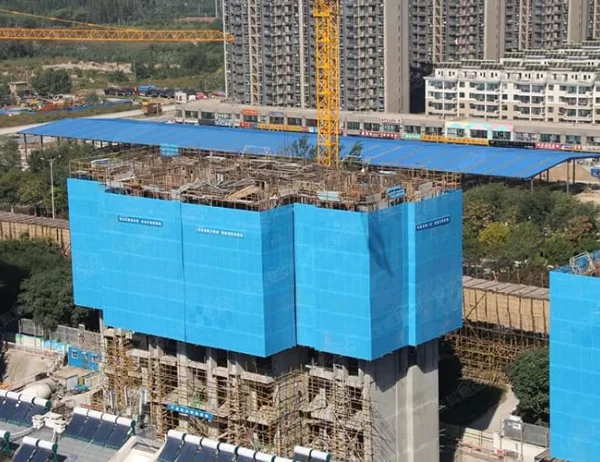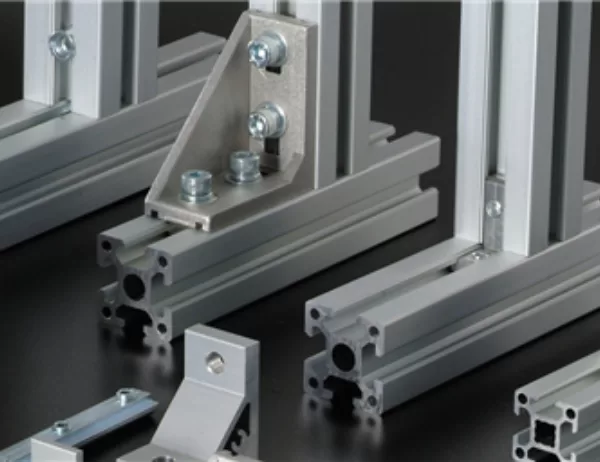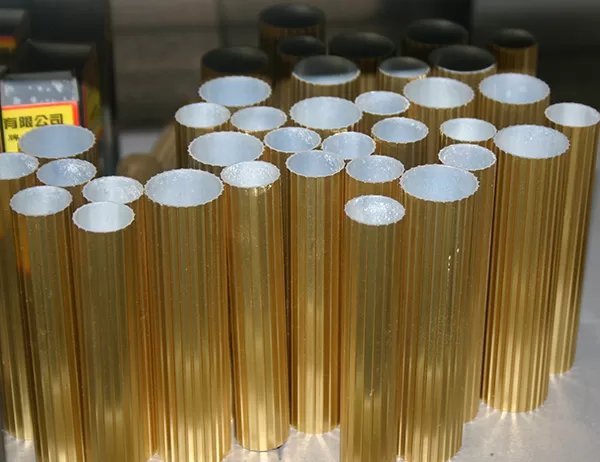Aluminum alloy tubing is a versatile material with wide-ranging applications. However, like all materials, it is susceptible to various issues that can hinder its performance. Understanding and addressing these common problems are crucial for ensuring the integrity and longevity of aluminum alloy tubing applications.
Corrosion:
Corrosion, the degradation of metal by chemical reactions with its environment, is a primary concern with aluminum alloys. Exposure to moisture, chlorides, or other corrosive agents can lead to surface pitting, reducing strength and durability. Mitigation measures include protective coatings, proper sealing, and minimizing exposure to harsh conditions.
Hydrogen Embrittlement:
Hydrogen embrittlement occurs when hydrogen atoms diffuse into the aluminum lattice, weakening the metal’s cohesive properties. This can result in premature failure under stress, particularly in applications involving welding or contact with hydrogen sources. Heat treatments or special alloys can mitigate this issue.
Stress Corrosion Cracking:
Stress corrosion cracking (SCC) occurs when tensile stress acts on a metal in the presence of a corrosive environment. It leads to the development of cracks that can compromise the structural integrity of the tubing. Selecting alloys resistant to SCC, reducing stress levels, and avoiding specific corrosive agents are key preventive measures.
Fatigue Failure:
Fatigue failure results from repeated or fluctuating loads that cause the formation of microscopic cracks. Over time, these cracks grow and eventually lead to failure. To minimize fatigue, consider reducing stress concentrations, increasing wall thickness, and using high-cycle fatigue-resistant alloys.
Extrusion Defects:
Extrusion defects, such as voids, surface imperfections, or dimensional variations, can arise during the manufacturing process. These defects can weaken the tube and reduce its service life. Careful selection of extrusion parameters, quality control measures, and post-extrusion treatments can minimize these defects.
Conclusion:
By understanding the common issues encountered with aluminum alloy tubing, engineers and manufacturers can take proactive steps to mitigate their effects. Corrosion protection, hydrogen embrittlement prevention, SCC avoidance, fatigue management, and quality control measures are essential for ensuring the optimal performance and longevity of aluminum alloy tubing applications.




